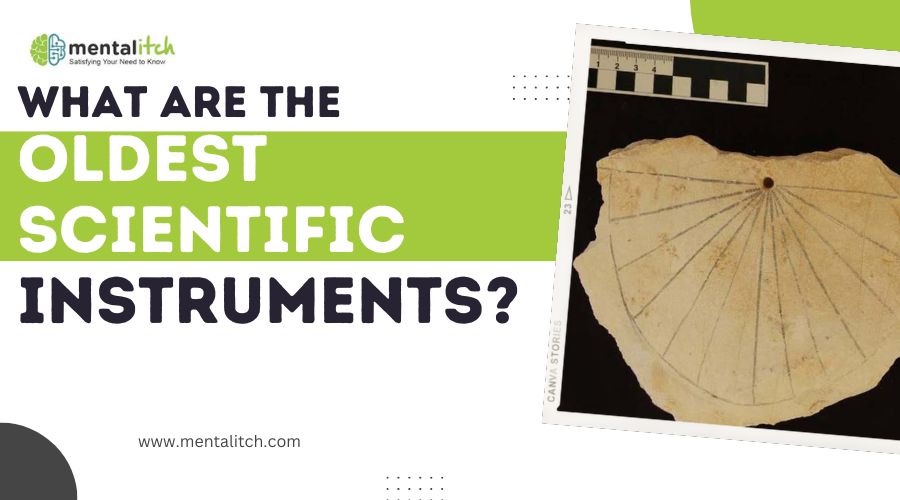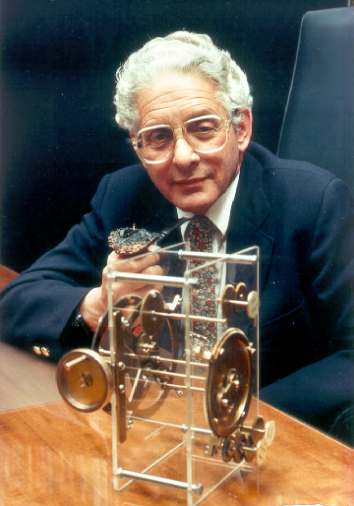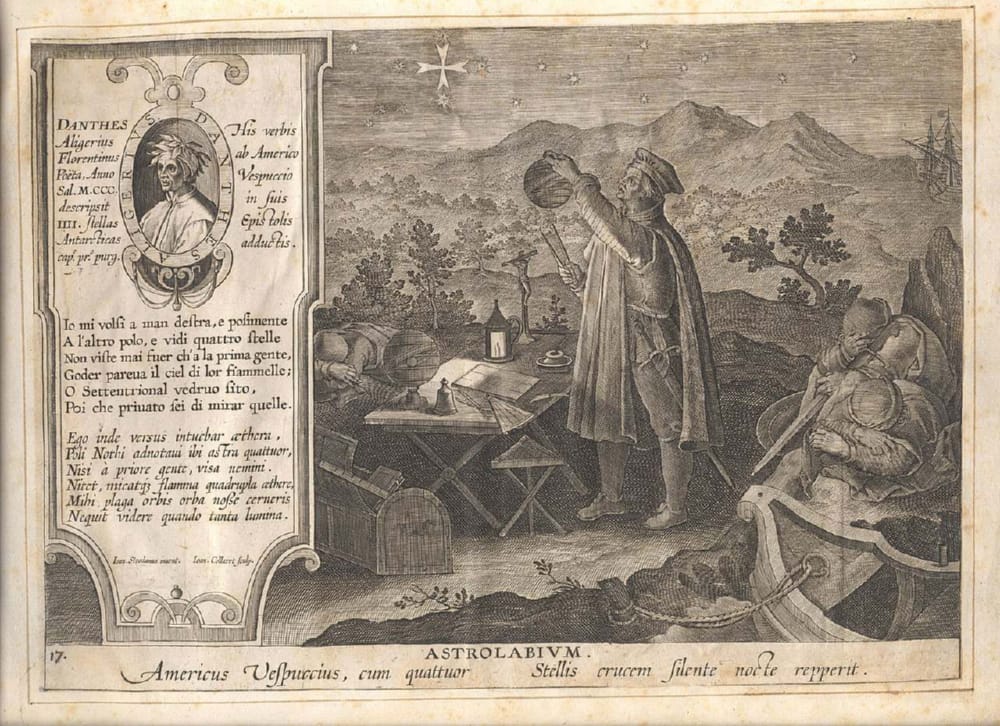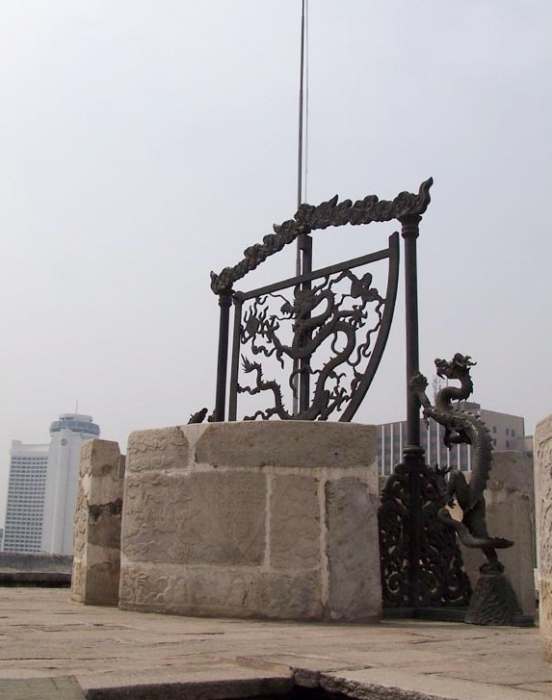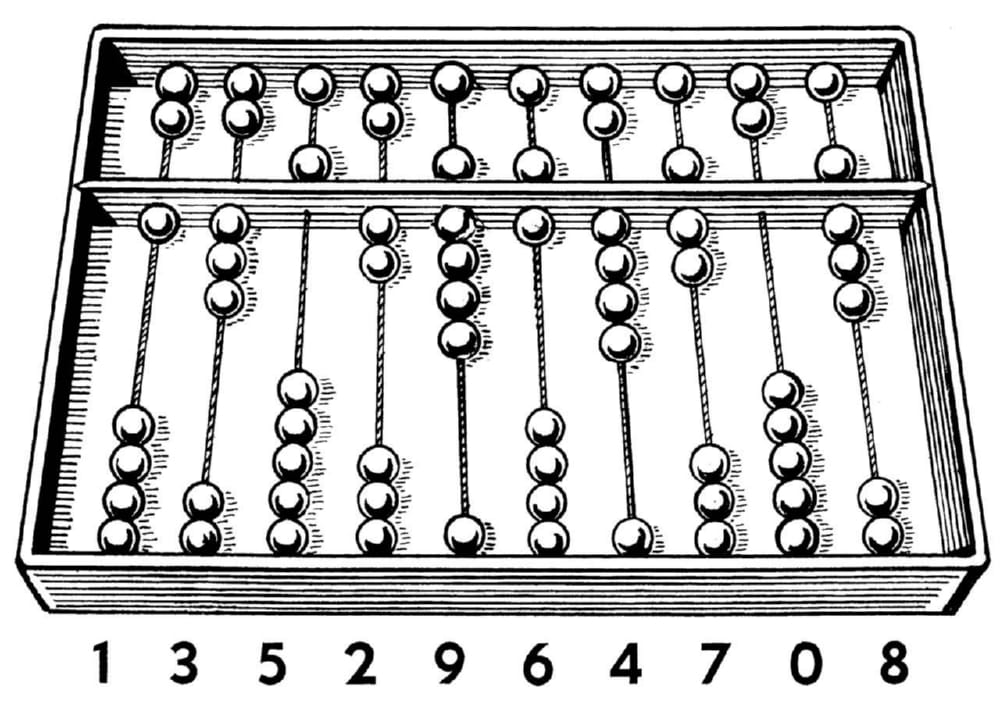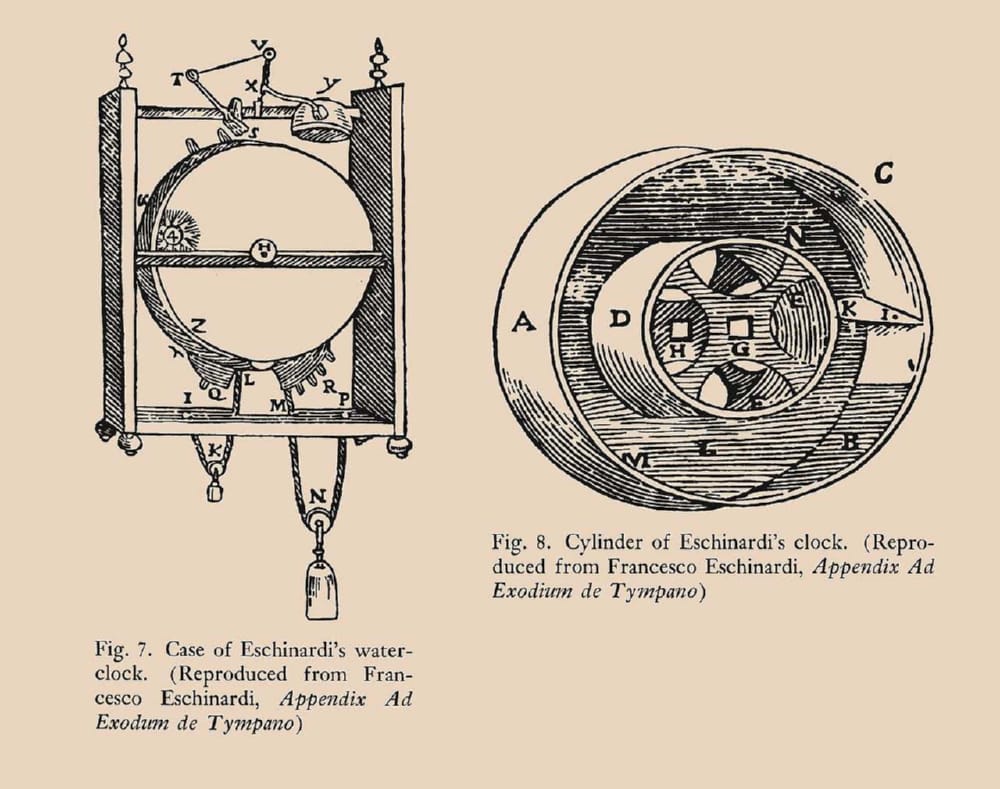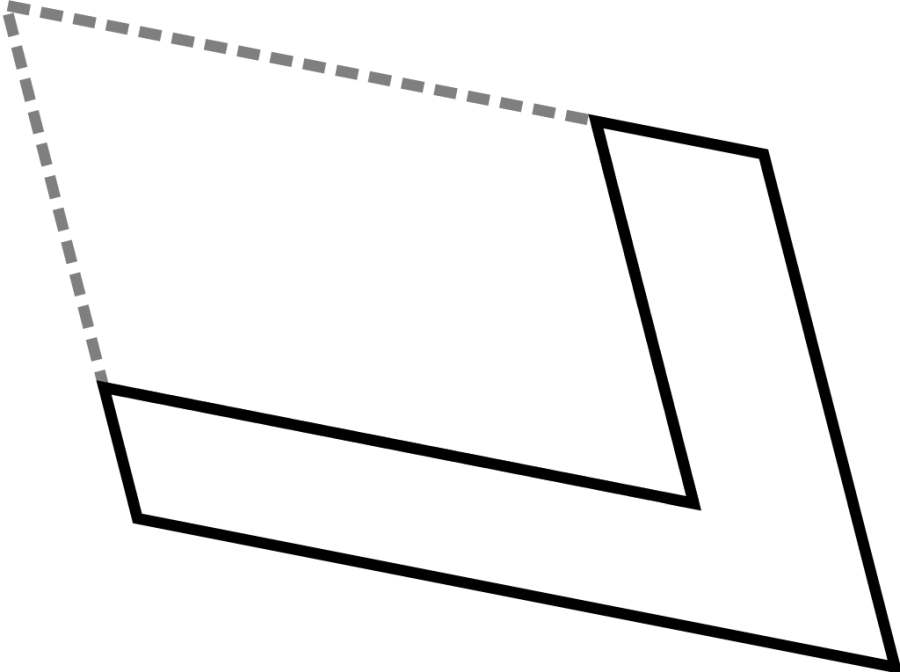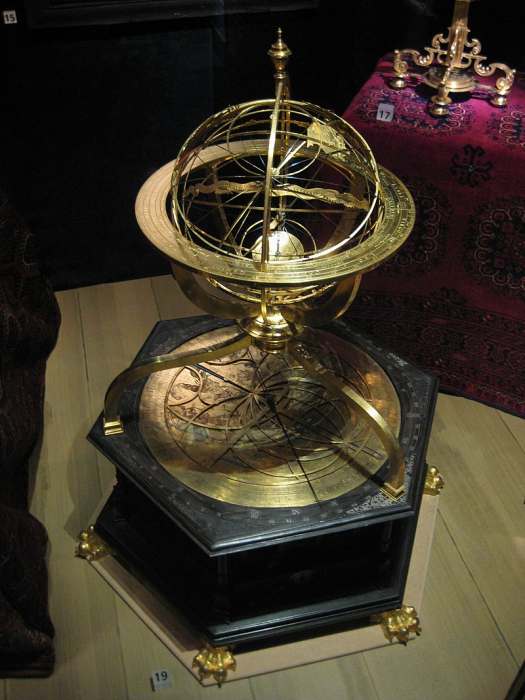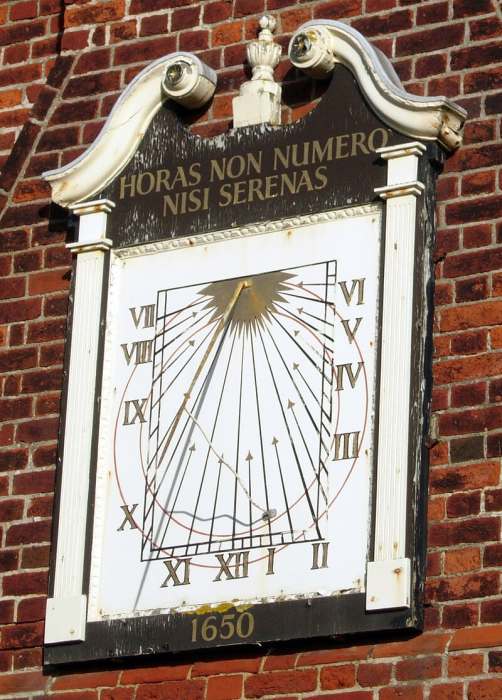Throughout history, humanity’s quest to understand and quantify the natural world has led to the creation of a myriad of scientific instruments. These tools, born from the marriage of curiosity and ingenuity, have not only expanded our grasp of the universe but also revolutionized the way we perceive time, space, and the cosmos. From ancient civilizations to the cusp of the Renaissance, early scientists and scholars devised innovative devices to measure, calculate, and explore the mysteries of the environment around them.
Each instrument, a testament to the technological prowess and intellectual ambition of its era, has laid foundational stones for modern science and technology. We invite you on a journey through time to explore these remarkable artifacts that illustrate the early steps of human inquiry and the relentless pursuit of knowledge.
Let’s explore some of the oldest scientific instruments known to humankind.
Antikythera Mechanism
The Antikythera Mechanism, discovered in a shipwreck off the Greek island of Antikythera in 1901, is often hailed as the world’s oldest known scientific instrument. Dating back to around 100 BC, this ancient Greek device is a complex assembly of over 30 bronze gears housed in a wooden frame. Its purpose was astonishingly advanced for its time: to predict astronomical positions and eclipses for calendrical and astrological purposes. The sophistication of its technology wouldn’t be matched for another thousand years, making it a remarkable testament to the ingenuity of ancient Greek science and technology.
Despite its age, the Antikythera Mechanism reveals a deep understanding of mathematical and astronomical knowledge. It could track the cycles of the Solar System’s bodies with remarkable accuracy, highlighting the Greeks’ advanced grasp of the heavens. The mechanism’s discovery challenged previous notions about the technological capabilities of the ancient world, providing clear evidence of their ability to create intricate and precise instruments.
Astrolabe
The astrolabe stands as a quintessential symbol of early scientific endeavor and celestial exploration. Originating in the Hellenistic world around the 2nd century BC, it was further developed by Islamic scholars in the medieval period before spreading to Europe. This ancient instrument, often crafted from brass or another durable metal, is a multifaceted tool designed for solving problems related to time and the position of the Sun and stars in the sky. By allowing users to measure the altitude of celestial bodies, it became indispensable for navigation, timekeeping, and astrological purposes.
Astrolabes reflect the ingenious melding of art and science, with their intricate engravings and precise calibrations showcasing the advanced mathematical and astronomical knowledge of their creators. They enabled navigators to determine their latitude when out of sight of land and astronomers to schedule religious ceremonies or to find the Qibla.
Quadrant
The Quadrant is a pivotal scientific instrument with roots stretching back to the Middle Ages, designed primarily for navigation and astronomical measurements. Its basic form consists of a quarter-circle panel, marked with degrees from 0 to 90, and equipped with a sighting mechanism for observing celestial bodies. By measuring the angle between the horizon and a celestial object, such as the Sun or a star, navigators could determine their latitude, guiding them across seas long before the advent of more modern navigational tools. This instrument was crucial for explorers during the age of discovery, aiding in the mapping of the world and the expansion of trade routes.
Beyond navigation, the Quadrant found applications in surveying and astronomy, allowing for the precise measurement of celestial events and the positions of celestial bodies. Its simplicity, combined with its versatility, made it an indispensable tool for astronomers, geographers, and navigators alike. Over time, it evolved into more sophisticated forms, including the octant and the sextant, which offered greater accuracy and ease of use.
Abacus
The abacus, one of the earliest counting devices, is a testament to the ingenuity of ancient civilizations in creating tools to aid in arithmetic calculations. Its origins can be traced back to ancient Mesopotamia around 2500 BC, with variations of the device later appearing in ancient China, Greece, Rome, and across the Middle East. The abacus consists of a frame with rods or wires, along which beads are slid to represent numbers. Its simple yet effective design allows for the performance of basic arithmetic operations such as addition, subtraction, multiplication, and division.
Over centuries, the abacus evolved in design and utility, with the Chinese suanpan and the Japanese soroban being among the most recognized versions. These instruments were not only crucial for trade and commerce but also for education, teaching basic number sense and arithmetic long before the widespread use of calculators and computers. Despite its ancient origins, the abacus remains in use today in some parts of the world, celebrated for its durability, portability, and the tactile learning experience it provides.
Water Clock (Clepsydra)
The Water Clock, or Clepsydra, stands as one of humanity’s earliest attempts to measure time with precision beyond the simple observation of celestial bodies. Dating back to ancient Egypt around 1500 BC, this ingenious device measured time through the regulated flow of water from or into a vessel. The Greeks, who later refined the design, used it for various purposes, including timing speakers in courts and legislatures, showcasing its importance in both daily life and governance. The Clepsydra was not only a technological marvel of its time but also a symbol of the evolving human understanding of time and the desire to quantify it accurately.
Unlike sundials, which relied on the sun and were thus ineffective at night or during cloudy weather, the water clock provided a continuous measure of time. Its operation was based on a simple yet effective principle: as water dripped at a consistent rate, the level inside the vessel marked the passing hours. Despite its relative simplicity, the device required sophisticated knowledge to construct and calibrate, reflecting the advanced engineering skills of ancient civilizations.
Gnomon
The Gnomon, considered one of the earliest and simplest astronomical instruments, plays a pivotal role in the history of timekeeping and astronomy. Its principle is straightforward: it is essentially a stick or pillar that casts a shadow, with the position and length of the shadow providing insights into time and geographical direction. Originating in ancient Babylonia and China, the gnomon’s use dates back to at least 600 BC, but its concept likely predates recorded history, rooted in the basic human observation of shadows.
This ancient device not only measured the passage of time during the day but also helped to determine the seasons by observing the shadow’s length at noon throughout the year. The variations in shadow length and direction enabled ancient civilizations to develop calendars, predict solstices and equinoxes, and even understand the Earth’s axial tilt. The simplicity of the gnomon belies its profound impact on the development of early science, particularly in fields such as geometry and geography.
Armillary Sphere
The Armillary Sphere is a sophisticated ancient astronomical instrument used to model the celestial sphere. Originating in ancient Greece around the 3rd century BC and further developed by the Chinese and Islamic astronomers, it embodies the human endeavor to understand the heavens. Consisting of a series of concentric rings that represent the great circles of the heavens, including the horizon, meridian, equatorial plane, and paths of the Sun and Moon, the armillary sphere facilitates the study of celestial phenomena. Each ring is adjustable, allowing the observer to simulate the motion of celestial bodies across the sky.
This instrument was not only vital for astronomical observations but also served as an educational tool, teaching the principles of celestial navigation and the workings of the cosmos according to the geocentric model of the universe. It was an essential device for astronomers and navigators until the 17th century when the heliocentric model gained acceptance, and more precise observational tools were developed. Its design reflects the complexity and scale of the cosmos, embodying centuries of astronomical inquiry and discovery.
Sundial
The Sundial is one of the oldest known devices for measuring time, relying on the position of the sun to cast a shadow on a marked surface to indicate the hour of the day. Its origins can be traced back to ancient Egyptian and Babylonian civilizations around 1500 BC, showcasing the human desire to partition the day into manageable segments. Sundials come in various forms, from simple horizontal or vertical plates to more complex spherical or cylindrical shapes, each designed to optimize the accuracy of solar timekeeping in different geographical locations.
This ancient timepiece not only reflects humanity’s ingenuity in harnessing natural phenomena for practical purposes but also serves as a bridge between art and science, often featuring elaborate designs and inscriptions. Sundials were essential tools for scheduling daily activities in societies long before the advent of mechanical clocks. Despite the advent of more precise timekeeping technologies, sundials still captivate the imagination, offering a tangible connection to the past and a reminder of the sun’s central role in measuring time.
Final Thoughts
From the simple yet profound gnomon to the complex and intricate Antikythera Mechanism, each instrument tells a story of a civilization’s quest to decode the mysteries of the universe. These ancient devices are not merely relics of the past; they are beacons that illuminate the path of progress, highlighting the timeless pursuit of knowledge and the intrinsic curiosity that drives humanity forward. As we continue to explore and understand our world with ever more sophisticated technologies, let us remember the foundational role these ancient instruments have played in bridging the gap between the unknown and the known, guiding us from the shadows of mysticism to the light of scientific discovery.

